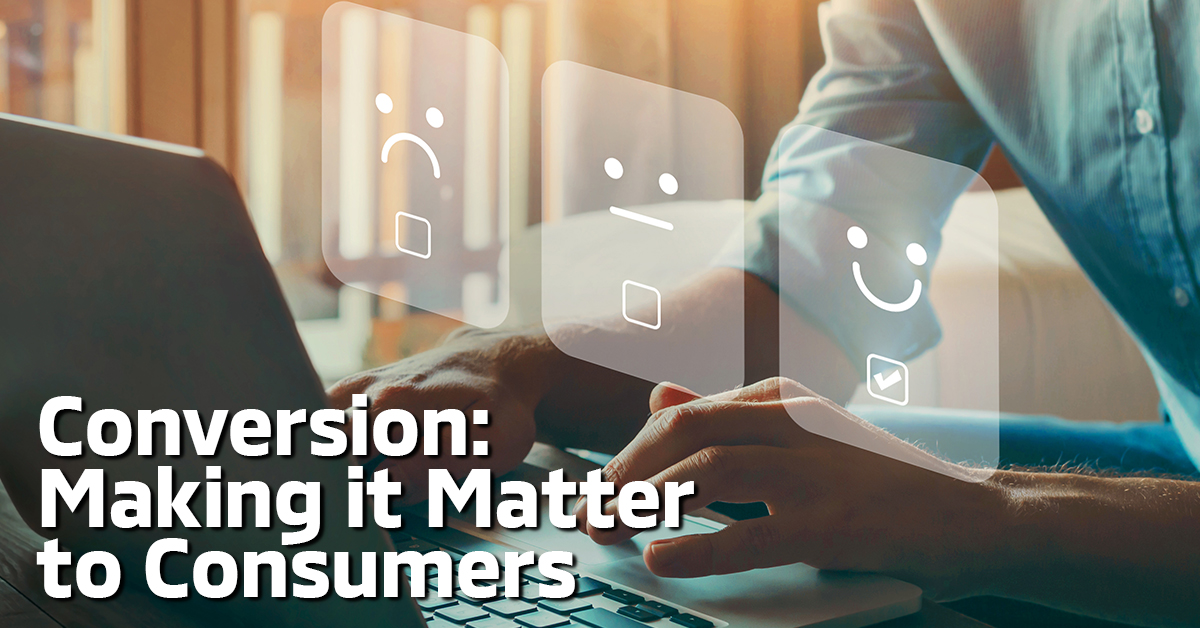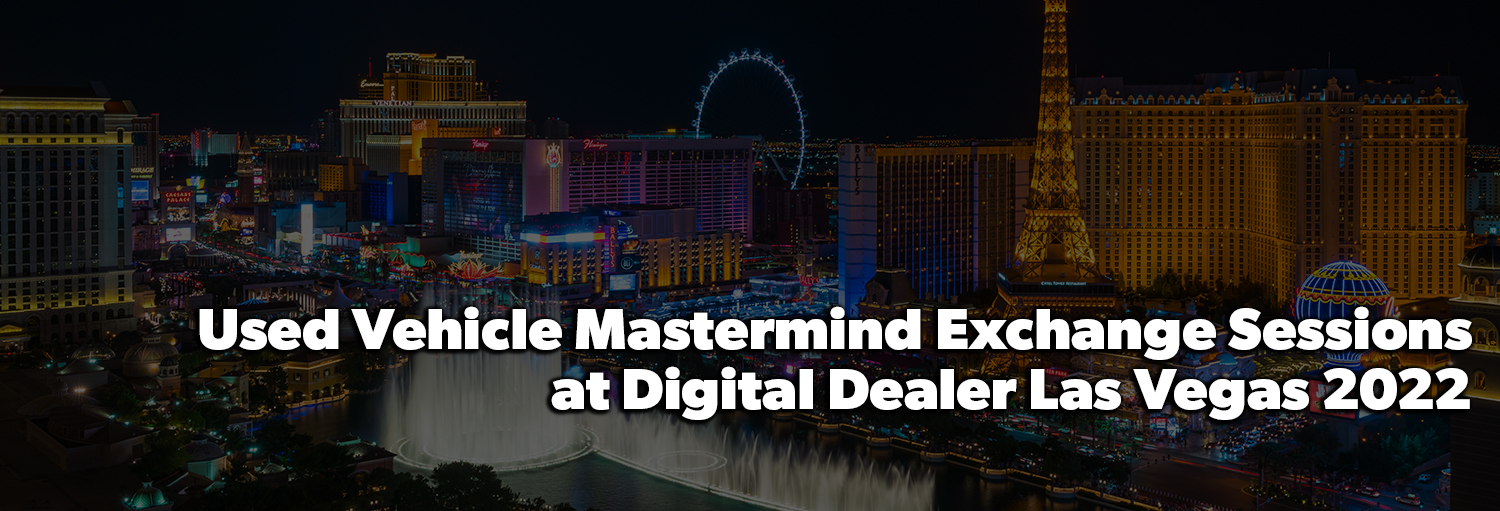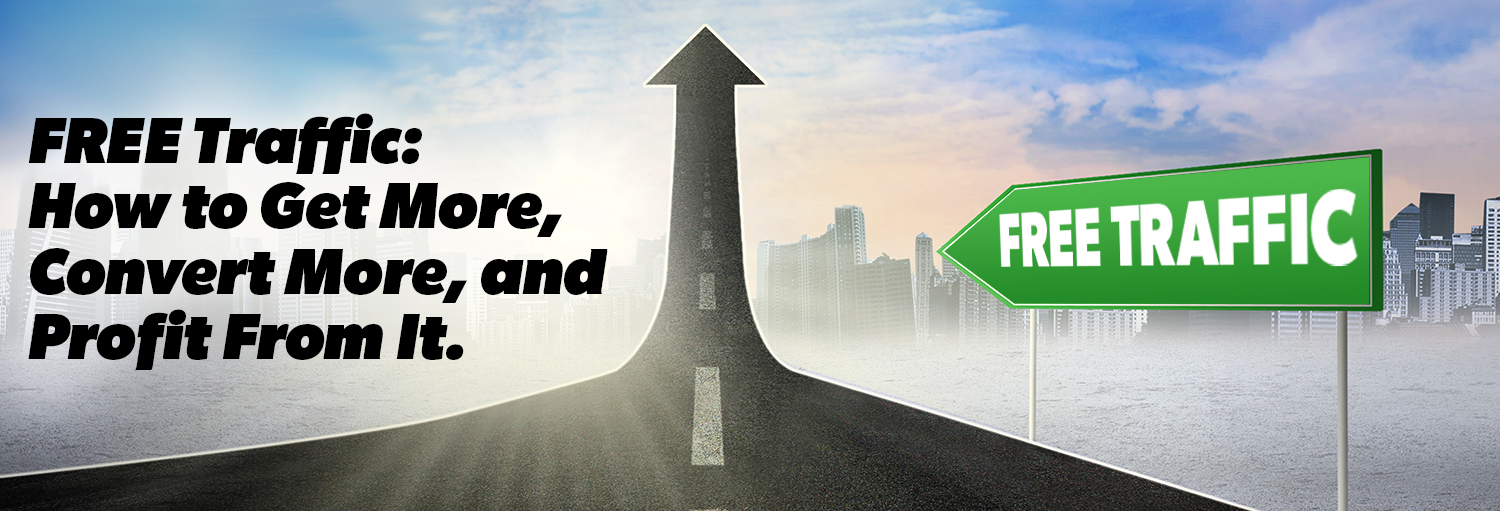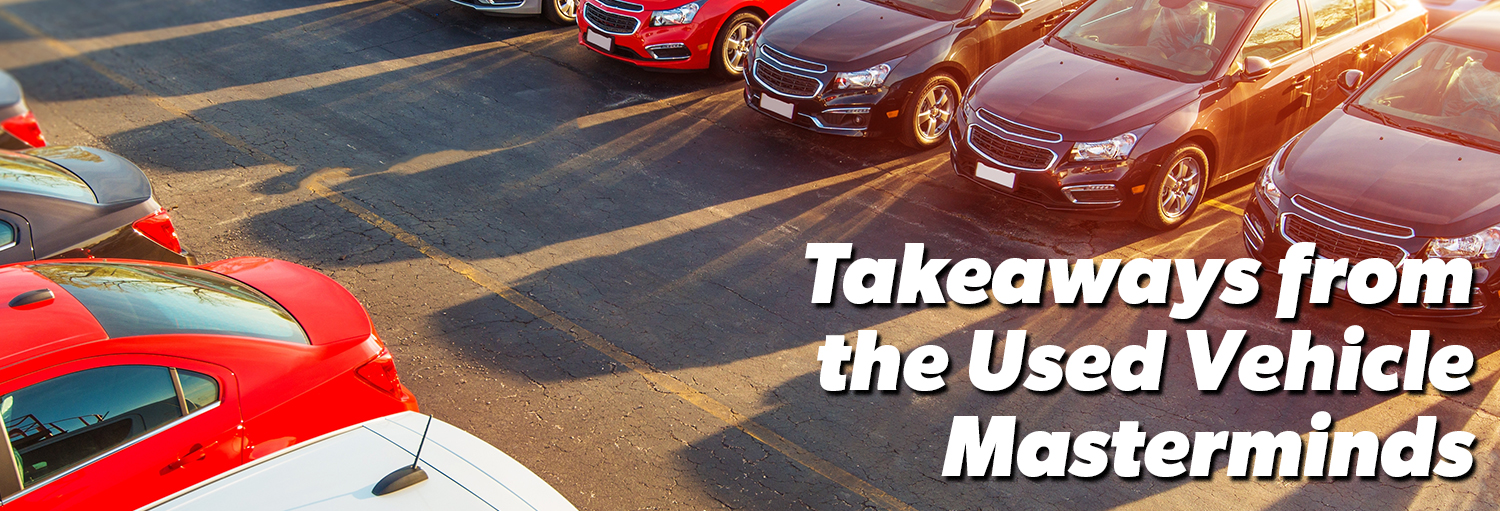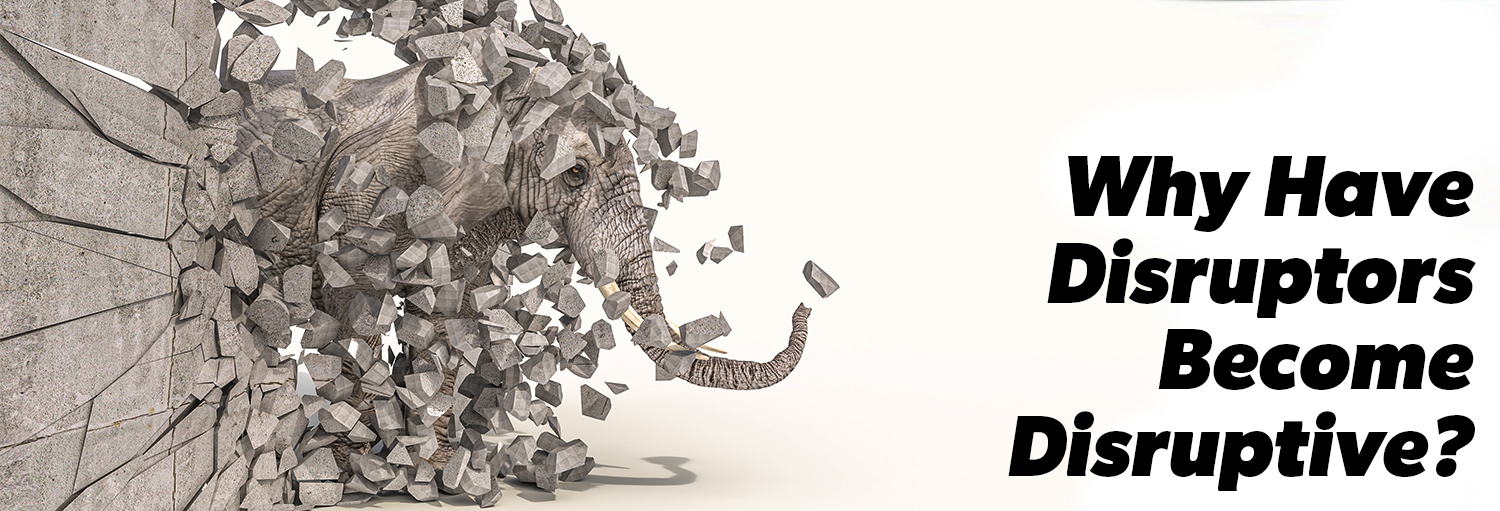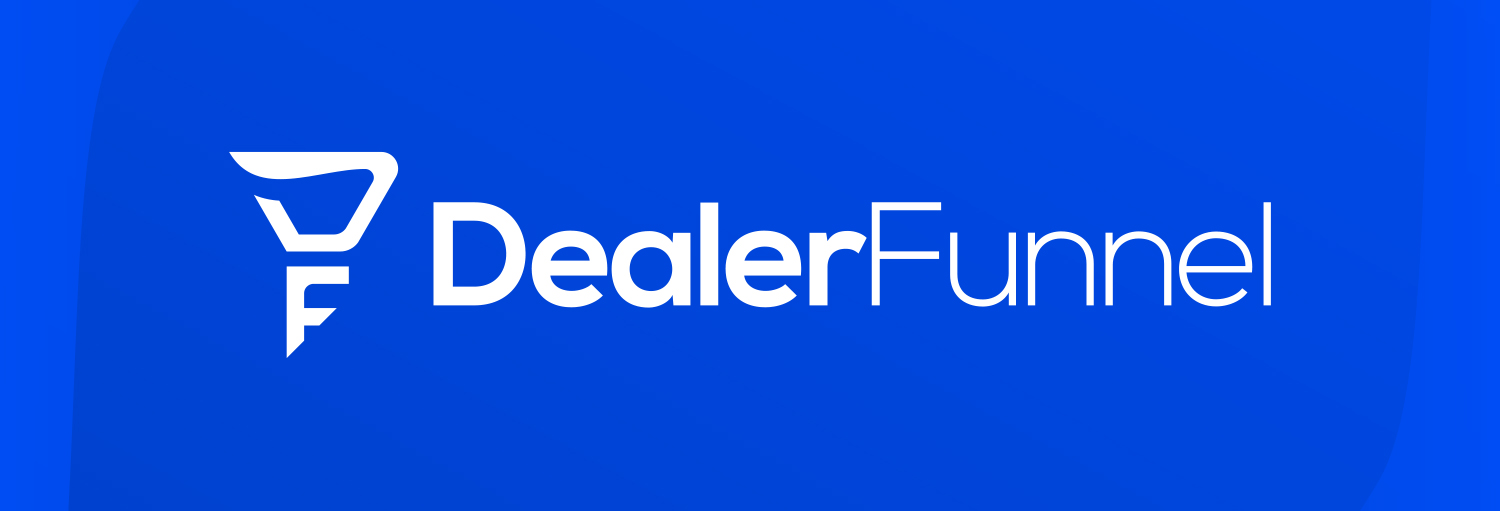Today, one of the hot buttons of any digital campaign is “conversion rate.” It makes total sense when it comes to the true attribution of a campaign. How many visitors to your site? How many people became a “lead” from those visits? Ask any (good) marketer today and they will tell you that a true conversion is a lead or a sale in the e-commerce world. In the industries I spend most of my time in, a conversion is a phone call, a text, a chat, or a lead form (e-mail) sent in. Going further down that rabbit hole, those numbers typically get transferred to another department. Meaning that the digital team hands off the “lead” to the appointment setting and/or sales dept. We call it a BDC in the automotive business. Then web visits head down the path of final attribution.
But how many buy and for how much gross profit? To me, that is the way it should be. It is the best measurable way for you to tell if your website is set up to “perform.” I mean, having a website is great, but if it has no visitors, that is tragic to your business. I think it is even worse if you drive traffic to your website and it does not convert.
There are only two reasons for that waste of visitors to happen. 1. The traffic sucks. They are not high-quality, relevant visitors coming with the intent to research your company and/or offers. 2. The traffic is not inspired to spend time on your site (TOS) and does the proverbial bounce or it simply is not set up properly to convert with the right calls to action (CTAs) designed to move the visitor from the website visit to lead or a sale.
Bottom line: If you do not have leads and/or sales, you have one of those two problems. It is that simple. The good news is it is not rocket science. Both of these issues can be optimized by someone who truly understands the travel path of a consumer.
Here are the answers as I see them… First, make sure you are pushing high-quality traffic to your website if you are using paid search strategies. Hold your team or agency accountable for the quality of the traffic, not just the amount of the traffic. Second, and really first, is to make sure that you have as many organic traffic strategies in play as possible. SEO, GMB, YouTube, etc. Wait for it… using even traditional media “offline” strategies to push direct hits. A direct hit, if you are not privy to this term, is a customer who did not search for you in a search bar, i.e. Google, or just click into your site originating from an ad from Facebook. No, this person just typed your URL in and went directly to your site because that is what they wanted to look up, YOU and YOUR BUSINESS!
All of this traffic should be high-quality so long as the content pushing the visits is consistent with the site and the offering that you have. 2. Be sure the site, landing pages, and conversion points you have are optimized for conversions. Be sure that you are operating in today’s relevant ways by using chat, text, and other conversion tools that will lead to higher conversion rates, i.e. for the auto industry, a compelling trade-in appraisal tool. Beyond that, allow me to get to DEALEROPS | Data & Analytics the origin of this blog post, the “First Conversion”.
Much of this is rudimentary, and anyone who truly gets it is saying, no kidding Troy, this is obvious.” But for those reading this that are not trained in on-site traffic, quality of traffic, TOS, CTA’s, Direct hits, etc, what I have written so far is a good entry point to understanding it all. Hopefully, it helps executive managers and owners alike that are reading this hold their teams and agencies a little accountable. Now for the fun… I subscribe to the theory that there is a “conversion,” you must pay attention before you worry about that CTA button, lead form, or chat function (never mind the click to call button). I call it the “First Conversion.” It is the conversion of the human mind to even consider your business and/or offering. The real professionals are doing it every day… and they are winning. At a minimum, they are winning the game of attraction. The business model behind some of the best marketers in the world can be debated, but my goodness, they understand the human mind.
Take the slogan “Car Buying Shouldn’t Suck.” That will do it; Four words that attack what a consumer feels, is worried about, and is an easy target to sway to another side. In this case, it is the side of the automotive disruptor Carvana. It is conversational in a way. The consumer thinks to themselves “You are dang right. It should not suck!” And there you have it, the conversion of the human mind to start an internal conversation with the business and is instantly converted to a potential consumer. How hard do you think it is once they are on the website scoping out this new (disruptive) business and their website that makes the consumer “feel” exactly like their marketing said it would. A clean, crisp, easy-to-navigate experience which essentially says in NEON and every word communicates, “THIS DOES NOT SUCK!” Or, in the case of CarMax, “THE WAY IT SHOULD BE!” The website is set up, written, strategized, optimized, and A/B tested to make a consumer feel exactly that way.
Think I am crazy? Go to www.carmax.com and when you get to the site truly pay attention to the first line, “30 day Money Back Guarantee,” and that’s if you like it enough after your no-obligation 24-hour test drive. The next thing you will notice, as you scroll down, is the ability to shop by cars that fit your budget. Is this not sounding quite a bit like “THE WAY IT SHOULD BE?” After all, you can shop, drive and buy with no pressure and with a guarantee.
You can shop for cars that you think you can afford, and it takes the pressure off of being on a car lot and wondering if the salesman is going to give you numbers you feel pressured into or are embarrassed to say, “Sorry, I can’t afford that,” in front of your spouse and kids.
It is not until you get down that far on the website and they know how you are starting to feel, do they throw their slogan at you: “Hey this is how it should be!” THE WAY IT SHOULD BE! And at this point, you think to yourself subliminally, yes, this is exactly how it should be. Folks, this is genius marketing at work.
Many businesses think traditional media is dead and that everything has to be done digitally. But the second a consumer sees something (regardless of whether it is on TV, Facebook, Instagram, radio, etc), that is a little new, has a fresh twist on something that they wish was easier, better, different, more comfortable, has less pressure, or is more affordable, they will go to your website to check it out. If your website experience is everything you promised in your ads to make things “better,” that builds trust. Once the consumer trusts you, they will be far more likely to hit that “tell me more” button, chat button, click-to-call button, and yes, even enter their very sensitive information i.e. social security number into your lead forms. And there you have it, the “First Conversion” at work.
Convert the consumer into liking you, and BINGO, they will convert. It kind of reminds me of a lesson that we should all heed from the famous book, “How to Win Friends and Influence People,” by Dale Carnegie. Give the person who is holding what you want, what they want first, and do it with a purity and honesty that is undeniable.
I don’t know about you, but I feel more businesses could learn a thing or two from that thought process. We tend to focus on our lead forms, pop-ups, etc. and expect that technology to provide us with the results we want. Sometimes people will just sit back and wonder why someone else, who seemingly doesn’t have any better technology, product, widget, website, or even location, is kicking their ass. When and if you ever have that thought, I’d ask you to consider: whether you have made the first conversion yet?
-Originally published in the Jan/Feb 2022 issue of Dealer magazine
Troy Spring is the owner of Dealer World, Agency 345, and co-founder of Dealer Funnel. His roots in advertising started while he managed four automotive dealerships and the large advertising budgets for the stores. The dealerships all grew under his watch. He credits much of that growth to the advertising decisions he made to drive more business to each location. He has spent the last decade perfecting what he calls the four pillars of advertising: reach, frequency, creative, and cost. He is a strong advocate of this formula. He spends much of his time sharing these concepts as a national speaker and occasional guest on podcasts.


